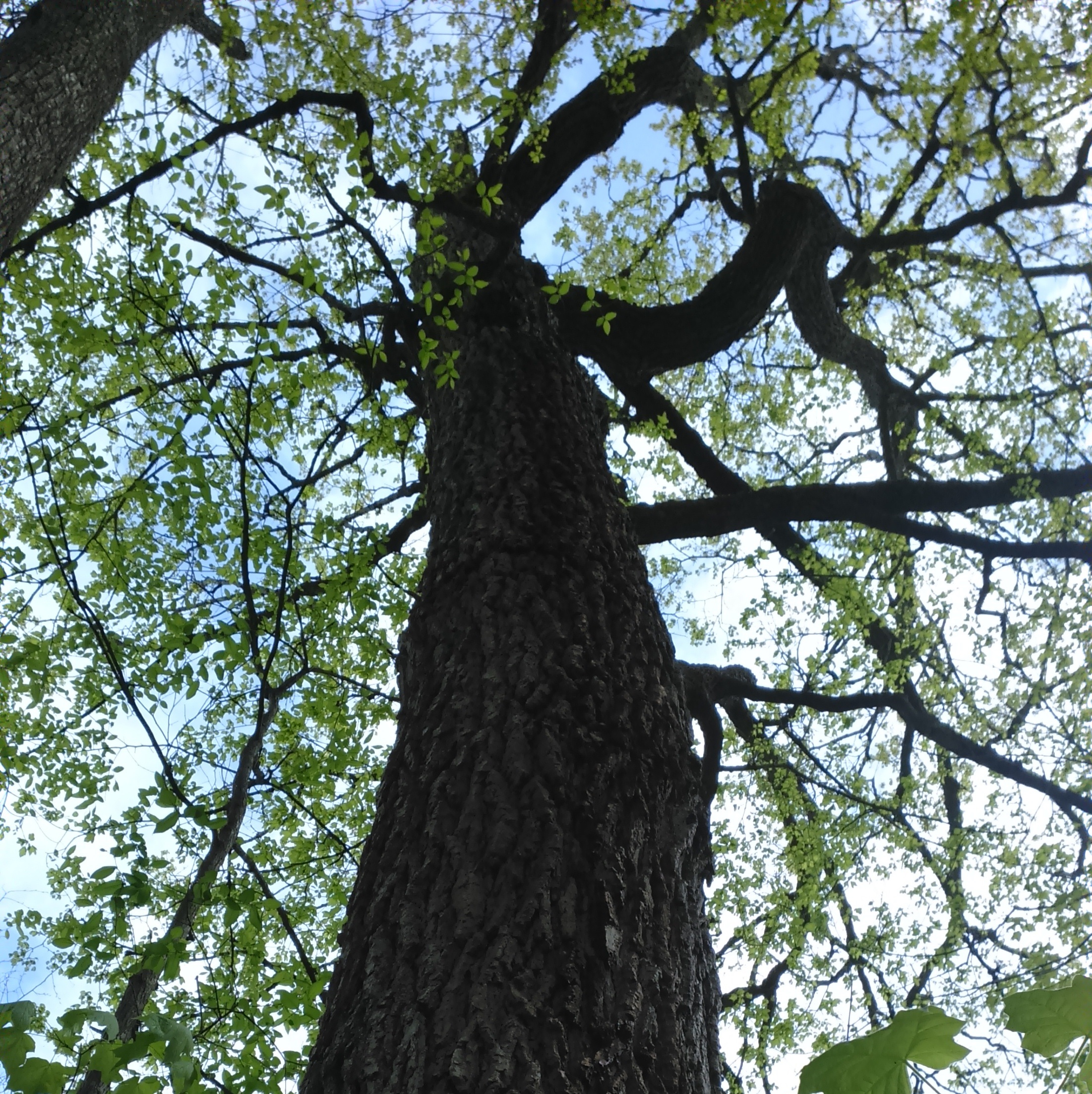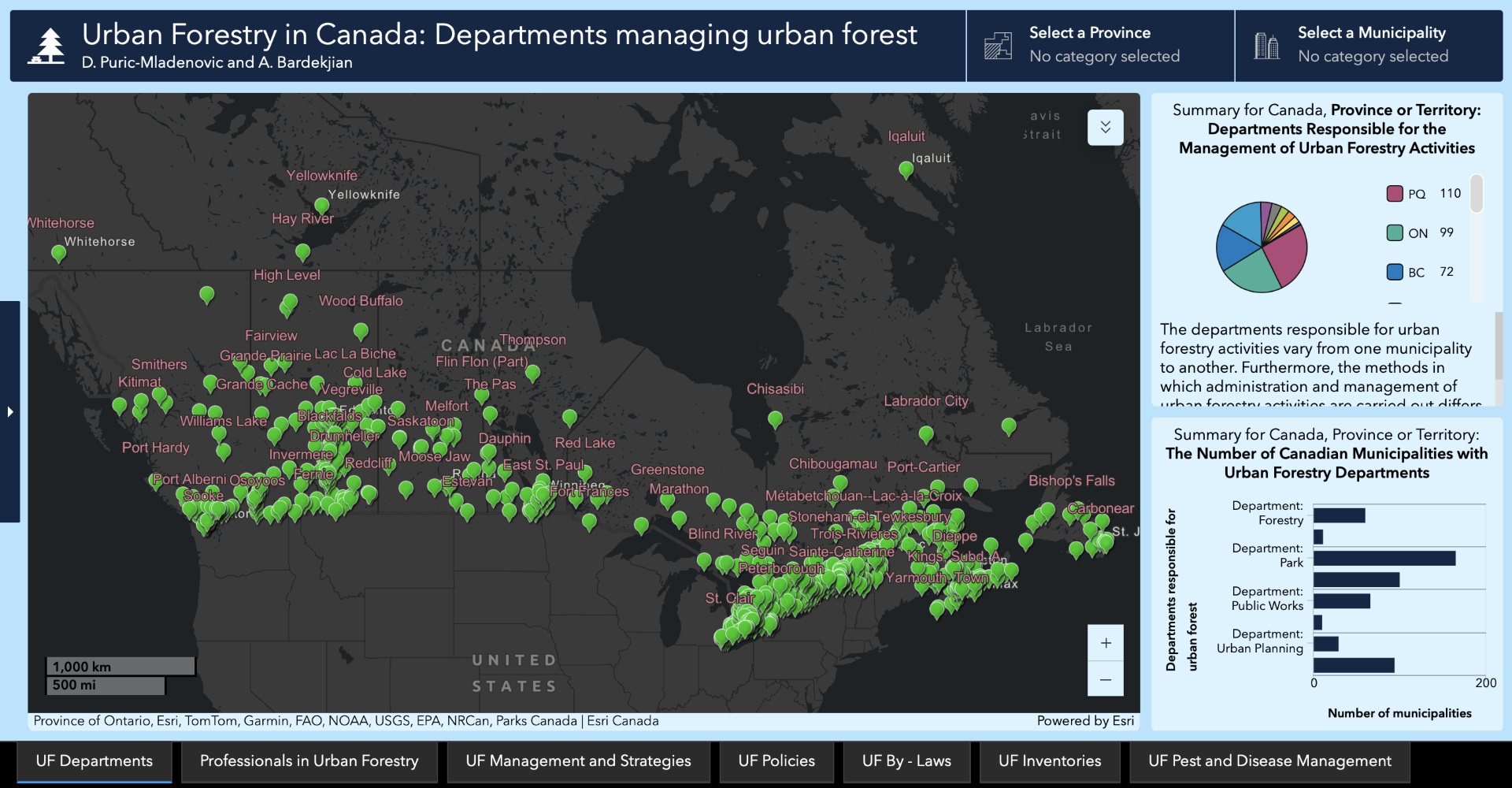Urban Forestry in Canada
|
Urban greening-related activities, such as street tree planting and maintenance, institutional greening, and park creation and management, have as long a history in Canada as the establishment of permanent settlements, such as cities, towns, and villages. Urban forestry in Canada:
Despite the above, it is difficult to grasp the full extent of urban forestry activities and visualize their extent across Canadian municipalities. Click here to download the Information Flyer (PDF): Measuring Footprint of Urban Forestry in Canada | |
Project SummaryInteractive MapsContact | |
|
The project is led by Dr. Danijela Puric-Mladenovic, with support from State of Urban Forest Policy and By-laws. Funding for this research was provided by Mitacs and Tree Canada. |


